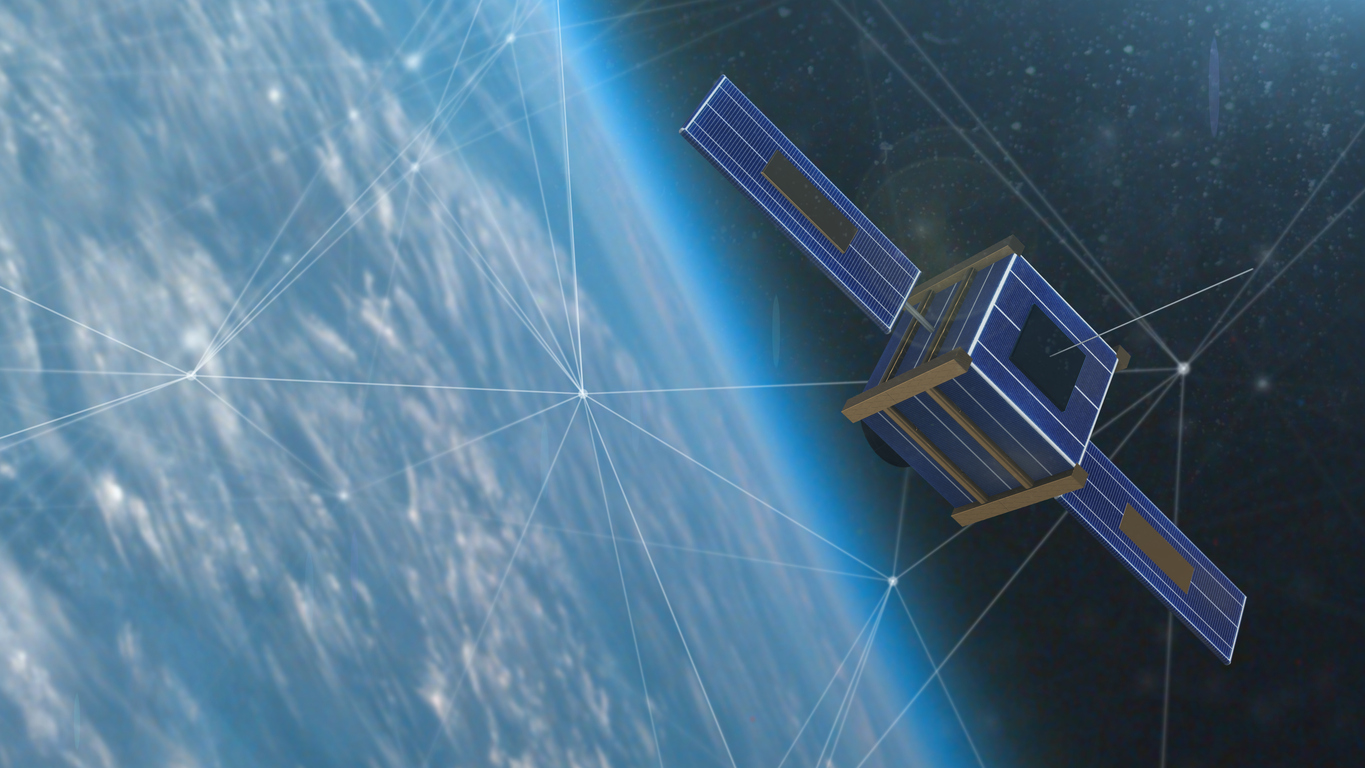11.26.25

The banking, mortgages and credit industries are undergoing some of the most dramatic changes in decades. Regulatory reforms, digital disruption, demographic shifts and evolving consumer expectations are converging to reshape how financial institutions operate—and how consumers borrow, spend and save. From the rise of neobanks to the turbulence in the mortgage sector, the environment has become more competitive, more technologically driven and more complex.
Even more information on this industry is available! Check out our Banking Industry Center.
Plunkett’s Banking, Mortgages & Credit Industry eBook, latest edition.
1. A Heavily Regulated but More Resilient Banking System
Following the shocks of past financial crises, regulators worldwide have doubled down on efforts to strengthen the financial system. Banks in the U.S., Europe and Asia now face stringent capital requirements under frameworks such as Basel III, the Dodd-Frank Act, and the Volcker Rule. These rules force banks to hold more reserves, increase risk transparency and limit speculative trading.
Meanwhile, Solvency II and MiFID 2 in Europe have pressed financial institutions to enhance disclosure, unbundle research fees and reduce opaque trading practices such as activity in “dark pools.” While these reforms promote stability and consumer protection, they also compress profitability and are accelerating the shift of lending and investment activity to less-regulated “shadow banking” firms.
2. FinTech Becomes the Engine of Financial Transformation
No force is reshaping banking and credit more than financial technology (FinTech). Consumers have rapidly adopted digital-first financial tools for nearly every aspect of money management.
Mobile and digital payment ecosystems—led by PayPal, Venmo, Zelle, Apple Pay, Google Pay, Alipay, and WeChat Pay—have made everything from retail checkout to peer-to-peer payments seamless and instantaneous. Robo-advisory platforms such as Betterment, Vanguard Digital Advisor, and Schwab Intelligent Portfolios have democratized sophisticated investment management at extremely low cost. Digital lenders such as OnDeck, LendingClub, and SoFi are speeding up underwriting using artificial intelligence and machine learning to analyze borrower behavior.
FinTech has not only improved the customer experience—it has fundamentally changed consumer expectations. Today’s users want speed, transparency, personalization and mobile-first convenience. Traditional banks are struggling to catch up.
3. Neobanks & Challenger Banks Redefine the Retail Banking Model
The rise of mobile-only banks—often called neobanks or challenger banks—is transforming the competitive landscape. Companies such as Chime, Brex, Revolut, and China’s Ant Group have built large, loyal customer bases without any physical branches.
What makes neobanks so compelling?
- Minimal fees
- Higher savings rates
- User-friendly apps
- Early access to paychecks
- Personalized financial insights
Meanwhile, traditional banks are closing thousands of branches as more consumers shift to mobile banking. Increasingly, the competitive battle will be fought on the smartphone screen—not in local communities.
4. Shadow Banking and Private Capital Step In
As regulations squeeze traditional lending margins, non-bank lenders and private investment firms are taking on a growing share of credit activity. Hedge funds, private equity firms, business development companies and alternative credit platforms are now major players in:
- Corporate lending
- Small business financing
- Consumer loans
- Equipment leasing
- Credit default swaps and derivatives
Online platforms such as Prosper, Lendio and LendingClub allow peer lenders and institutions to invest directly in consumer or business loans. Crowdfunding platforms like Kickstarter and Indiegogo have expanded into financing entrepreneurial ventures.
This growing shadow banking ecosystem provides flexibility, higher returns and expanded access to credit—but with far less regulatory oversight.
5. Digital Wallets and Next-Generation Payments Accelerate
Digital wallets are quickly becoming the default method of payment for millions of consumers. Apple Wallet, Google Wallet, PayPal, and emerging platforms like Paze (backed by major U.S. banks) enable users to store payment cards, loyalty programs, transit passes, event tickets and more.
Sophisticated security enhancements such as:
- Biometric authentication
- Tokenization
- Behavioral analytics
…have increased consumer confidence and reduced fraud. Digital payments are booming globally, with China’s Alipay and WeChat Pay leading adoption. Major global card networks—Visa, Mastercard, American Express—continue to grow, while tech-driven solutions like the Apple Card see rapid expansion.
6. Serving the Underserved: A New Priority
Banks and FinTech companies alike are aggressively pursuing the historically underserved market of unbanked and underbanked households. In the U.S., 5.6 million households were still unbanked in 2023, while millions more relied heavily on alternative financial services such as payday lenders, check-cashing stores and wire transfer services.
Solutions include:
- Low-fee digital accounts
- Alternative credit scoring models
- Mobile-first banking services
- Streamlined remittances for immigrant communities
- Retail-based financial services (e.g., Walmart’s Money Centers and OnePay ecosystem)
These developments expand access to mainstream financial services and reduce dependence on predatory alternatives.
7. Mortgage Markets: High-Rate Pressures and Digital Disruption
The mortgage industry is navigating intense turbulence driven by high interest rates and low housing inventory. Rising borrowing costs have dramatically slowed home sales, reduced affordability and chilled refinancing activity.
Key dynamics include:
- Median new home prices have surged, making down payments and mortgage payments harder to afford.
- Institutional investors have bought tens of thousands of homes, tightening supply for families.
- Work-from-home trends have weakened commercial real estate markets and contributed to foreclosures in major cities.
Digital competition is also reshaping the mortgage landscape. Online lenders such as Better.com, Quicken Loans and LendingTree simplify applications and comparison shopping, putting pressure on banks to improve transparency and speed.
8. Global Expansion in Digital Banking and Payments
Emerging nations are leapfrogging traditional banking models by adopting mobile-first financial ecosystems. In regions with limited physical infrastructure, smartphones have become indispensable tools for:
- Deposits
- Remittances
- Bill payments
- Personal savings
- Entrepreneurial transactions
Kenya’s M-PESA, India’s mChek, and similar services across Africa and Asia are enabling millions to join the formal financial system for the first time—unlocking new opportunities for economic growth.
9. Demographic Shifts: Aging Populations Drive New Demand
The aging of Baby Boomers and rising retirement assets—more than $45.8 trillion in U.S. retirement and pension savings—are catalyzing major opportunities for banks and asset managers. Financial planners and investment firms are developing new income-focused products, annuities, managed portfolios and retirement services to support long-living retirees.
10. The Future: A Rapidly Changing Financial Landscape
The banking, mortgages and credit industries are in the midst of profound transformation. Technology, regulation, global competition and demographic change all point toward a future where:
- Banking is mobile-first
- Payments are instant
- Lending is diversified across traditional and nontraditional players
- Mortgages are increasingly digital
- Consumers expect speed, transparency and personalization
Institutions that embrace innovation, invest in security and deliver customer-first digital experiences will be best positioned to thrive in this fast-evolving environment.
Key Concepts: Banking, business, lending, economics, asset management, credit, finance, future, globalization, credit cards, innovation, investing, marketing, loans, shadow banking, cryptocurrency
Source: Plunkett Research, Ltd., Copyright © 2025





